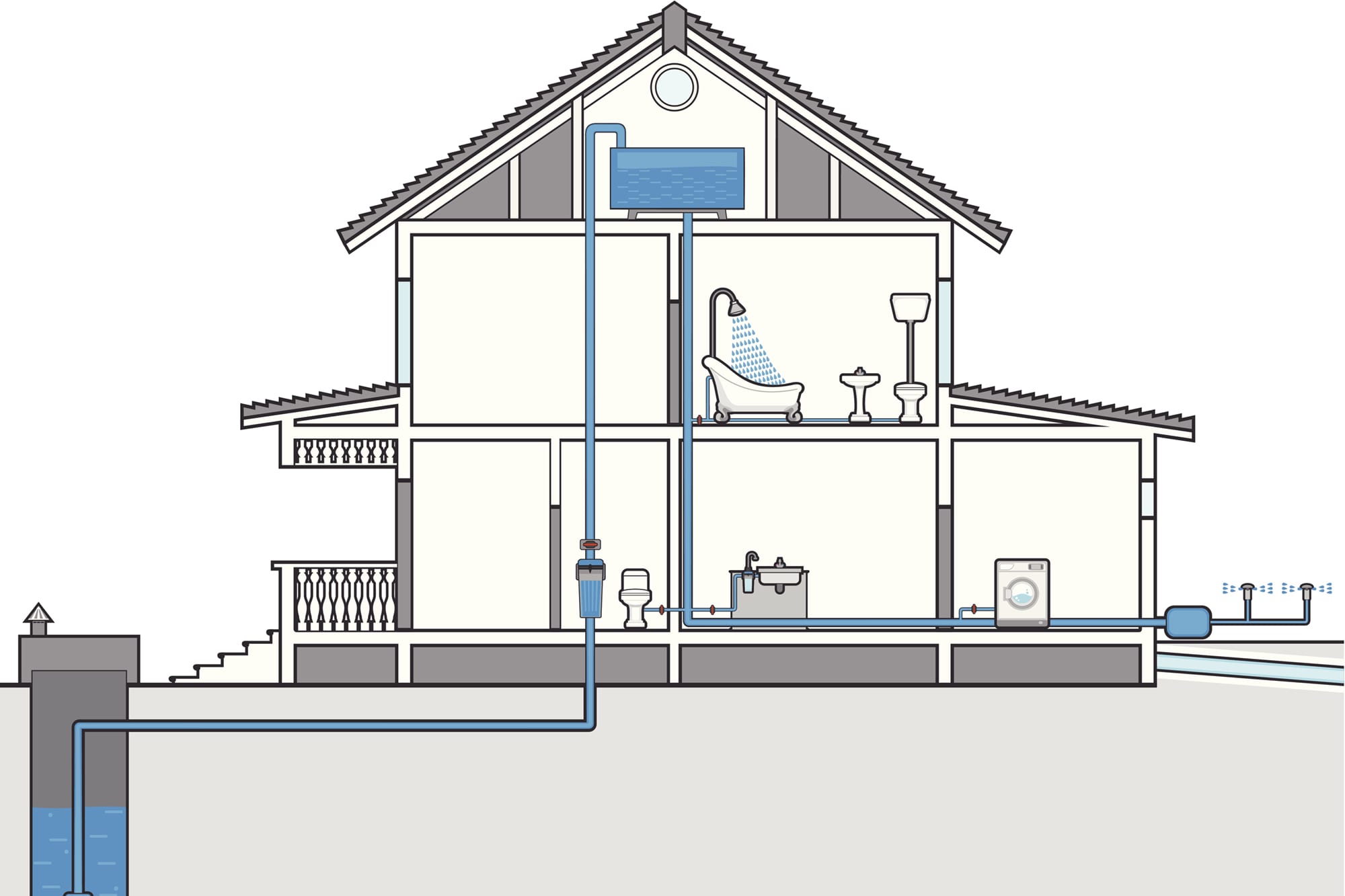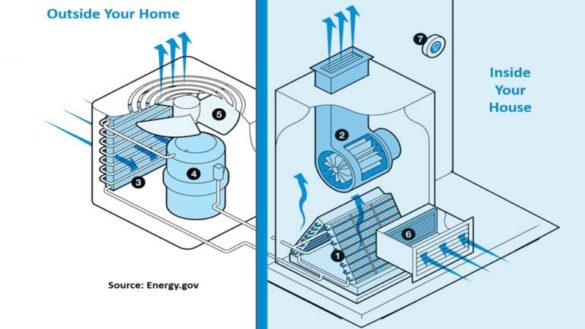The publisher is making several great pointers related to Plumbing Installation 101: All You Need to Know as a whole in the content following next.

Recognizing exactly how your home's pipes system works is necessary for each home owner. From delivering clean water for alcohol consumption, food preparation, and bathing to safely getting rid of wastewater, a well-maintained plumbing system is critical for your family's health and wellness and comfort. In this comprehensive guide, we'll discover the elaborate network that comprises your home's pipes and offer tips on maintenance, upgrades, and taking care of typical concerns.
Introduction
Your home's plumbing system is greater than simply a network of pipelines; it's an intricate system that ensures you have access to clean water and efficient wastewater removal. Understanding its elements and how they collaborate can assist you stop pricey repairs and guarantee whatever runs smoothly.
Standard Components of a Plumbing System
Pipes and Tubing
At the heart of your pipes system are the pipes and tubing that lug water throughout your home. These can be constructed from numerous products such as copper, PVC, or PEX, each with its benefits in regards to durability and cost-effectiveness.
Fixtures: Sinks, Toilets, Showers, and so on.
Fixtures like sinks, toilets, showers, and bathtubs are where water is used in your home. Understanding how these components connect to the plumbing system aids in detecting troubles and intending upgrades.
Shutoffs and Shut-off Points
Valves manage the flow of water in your plumbing system. Shut-off shutoffs are vital during emergencies or when you require to make repairs, permitting you to separate parts of the system without interrupting water flow to the whole home.
Supply Of Water System
Main Water Line
The main water line attaches your home to the metropolitan water system or a private well. It's where water enters your home and is dispersed to different fixtures.
Water Meter and Stress Regulatory Authority
The water meter procedures your water usage, while a stress regulator ensures that water moves at a risk-free stress throughout your home's plumbing system, protecting against damage to pipelines and fixtures.
Cold Water vs. Hot Water Lines
Comprehending the distinction in between cold water lines, which supply water straight from the primary, and warm water lines, which bring heated water from the hot water heater, helps in troubleshooting and preparing for upgrades.
Drain System
Drain Pipes Water Lines and Traps
Drain pipes bring wastewater away from sinks, showers, and bathrooms to the drain or septic tank. Catches avoid sewage system gases from entering your home and also catch debris that might trigger blockages.
Ventilation Pipelines
Air flow pipelines permit air right into the drainage system, protecting against suction that could reduce drain and create catches to empty. Appropriate ventilation is crucial for preserving the honesty of your pipes system.
Value of Appropriate Drain
Ensuring proper drainage protects against back-ups and water damage. Regularly cleaning up drains pipes and keeping traps can prevent costly repair work and expand the life of your pipes system.
Water Heater
Types of Water Heaters
Hot water heater can be tankless or conventional tank-style. Tankless heating systems warm water on demand, while storage tanks keep heated water for instant usage.
Upgrading Your Plumbing System
Reasons for Upgrading
Updating to water-efficient fixtures or changing old pipes can enhance water quality, minimize water expenses, and boost the worth of your home.
Modern Plumbing Technologies and Their Benefits
Check out modern technologies like smart leak detectors, water-saving commodes, and energy-efficient hot water heater that can conserve money and decrease ecological influence.
Price Considerations and ROI
Calculate the ahead of time costs versus long-term cost savings when taking into consideration plumbing upgrades. Many upgrades spend for themselves with lowered energy bills and less fixings.
Exactly How Water Heaters Connect to the Plumbing System
Understanding just how hot water heater connect to both the cold water supply and warm water distribution lines assists in diagnosing concerns like not enough hot water or leaks.
Maintenance Tips for Water Heaters
On a regular basis purging your hot water heater to remove debris, examining the temperature level setups, and evaluating for leakages can expand its life-span and boost power effectiveness.
Typical Plumbing Issues
Leakages and Their Reasons
Leaks can take place because of maturing pipes, loose fittings, or high water stress. Resolving leakages without delay protects against water damages and mold growth.
Obstructions and Obstructions
Blockages in drains and toilets are often brought on by flushing non-flushable things or a build-up of oil and hair. Making use of drain displays and bearing in mind what decreases your drains can avoid obstructions.
Indicators of Pipes Problems to Look For
Low water stress, sluggish drains, foul odors, or unusually high water costs are signs of potential plumbing issues that should be attended to without delay.
Pipes Maintenance Tips
Normal Inspections and Checks
Arrange yearly pipes inspections to catch issues early. Seek indications of leaks, corrosion, or mineral buildup in faucets and showerheads.
Do It Yourself Maintenance Tasks
Simple jobs like cleaning tap aerators, looking for toilet leakages using color tablets, or protecting exposed pipelines in cold environments can avoid significant pipes issues.
When to Call a Specialist Plumber
Know when a pipes issue calls for professional expertise. Attempting intricate fixings without correct expertise can bring about even more damage and greater repair work expenses.
Tips for Lowering Water Usage
Basic behaviors like repairing leakages immediately, taking shorter showers, and running full lots of washing and dishes can save water and reduced your utility expenses.
Eco-Friendly Pipes Options
Consider sustainable pipes products like bamboo for flooring, which is durable and environmentally friendly, or recycled glass for kitchen counters.
Emergency situation Preparedness
Steps to Take Throughout a Plumbing Emergency
Know where your shut-off shutoffs are located and just how to turn off the water system in case of a burst pipeline or major leak.
Relevance of Having Emergency Situation Calls Helpful
Maintain contact information for local plumbing professionals or emergency situation services easily offered for fast feedback throughout a pipes situation.
Environmental Impact and Conservation
Water-Saving Components and Devices
Installing low-flow taps, showerheads, and toilets can significantly reduce water usage without sacrificing efficiency.
Do It Yourself Emergency Situation Fixes (When Relevant).
Short-lived solutions like making use of air duct tape to spot a leaking pipe or placing a bucket under a dripping tap can minimize damages until an expert plumbing technician gets here.
Verdict.
Recognizing the composition of your home's plumbing system empowers you to maintain it successfully, conserving time and money on repair work. By following normal upkeep routines and staying educated regarding contemporary plumbing modern technologies, you can guarantee your plumbing system operates successfully for many years ahead.
Exploring Your Homes Plumbing Anatomy
Water Supply System
Main Water Line: This is where water enters your home from the municipal supply or a private well. Water Meter: Typically located near where the main water line enters the property, it measures the amount of water used. Shutoff Valve: It s crucial to know where this is in case of emergencies. It allows you to turn off the water supply to the entire house. Pipes and Fittings: These distribute water throughout your home. Materials can include copper, PVC, or PEX. Drain-Waste-Vent (DWV) System
Drains: Located in sinks, showers, and tubs, these carry wastewater away. Traps: U-shaped pipes under sinks that hold standing water, blocking sewer gases from entering the home. Vents: Pipes that lead from the DWV system to the outside, preventing vacuum formation and allowing gases to escape. Sewer Line: Carries all wastewater from the home to the municipal sewer system or a septic tank. Fixtures and Appliances
Sinks, Toilets, and Showers Dishwashers and Washing Machines Water Heaters Maintenance Tips
Regularly check for leaks in exposed pipes and around fixtures. Inspect the water heater annually for signs of wear. Clean drains and traps to prevent clogs and odors. Know how to shut off water to individual fixtures. When to Call a Professional
Major leaks or burst pipes Installation of new pipes or fixtures Septic tank issues Remodeling projects that involve plumbing changes Conclusion
Understanding the anatomy of your home's plumbing is key to maintaining a functional and efficient system. Regular checks and knowing when to call in the experts can save you time, money, and stress.
https://www.mavyn.com/blog/exploring-your-homes-plumbing-anatomy

Hopefully you liked our piece on . Thanks a ton for spending some time to read our article. Please take the time to promote this page if you enjoyed reading it. I enjoy reading our article about .
Schedule And Pricing